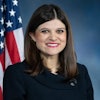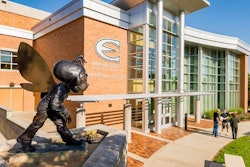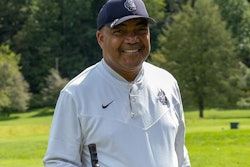America in the summer of 1919 ran red with blood from racial violence, and yet 100 years later, few people know it even happened, according to a story by the Associated Press.
 Dr. John Hope Franklin
Dr. John Hope FranklinIt was branded “Red Summer” because of the bloodshed and amounted to some of the worst White-on-Black violence in U.S. history. Researchers believe that in a span of 10 months, more than 250 African-Americans were killed in at least 25 riots across the U.S. by White mobs that never faced punishment.
Historian Dr. John Hope Franklin called it “the greatest period of interracial strife the nation has ever witnessed.”
The blood of Black Americans flowed in small towns like Elaine, Ar., in medium-size places such as Annapolis, Md. and Syracuse, N.Y. and in big cities like Washington, D.C. and Chicago. African-American men, women and children were burned alive, shot, hanged or beaten to death by White mobs. Thousands saw their homes and businesses burned to the ground and were driven out, many never to return.
Beyond the lives and family fortunes lost, it had far-reaching repercussions, contributing to generations of Black distrust of White authority. But it also galvanized Blacks to defend themselves and their neighborhoods with fists and guns; reinvigorated civil rights organizations like the NAACP and led to a new era of activism; gave rise to courageous reporting by Black journalists and influenced the generation of leaders who would take up the fight for racial equality decades later.
“The people who were the icons of the civil rights movement were raised by the people who survived Red Summer,” said Dr. Saje Mathieu, a history professor at the University of Minnesota.





















